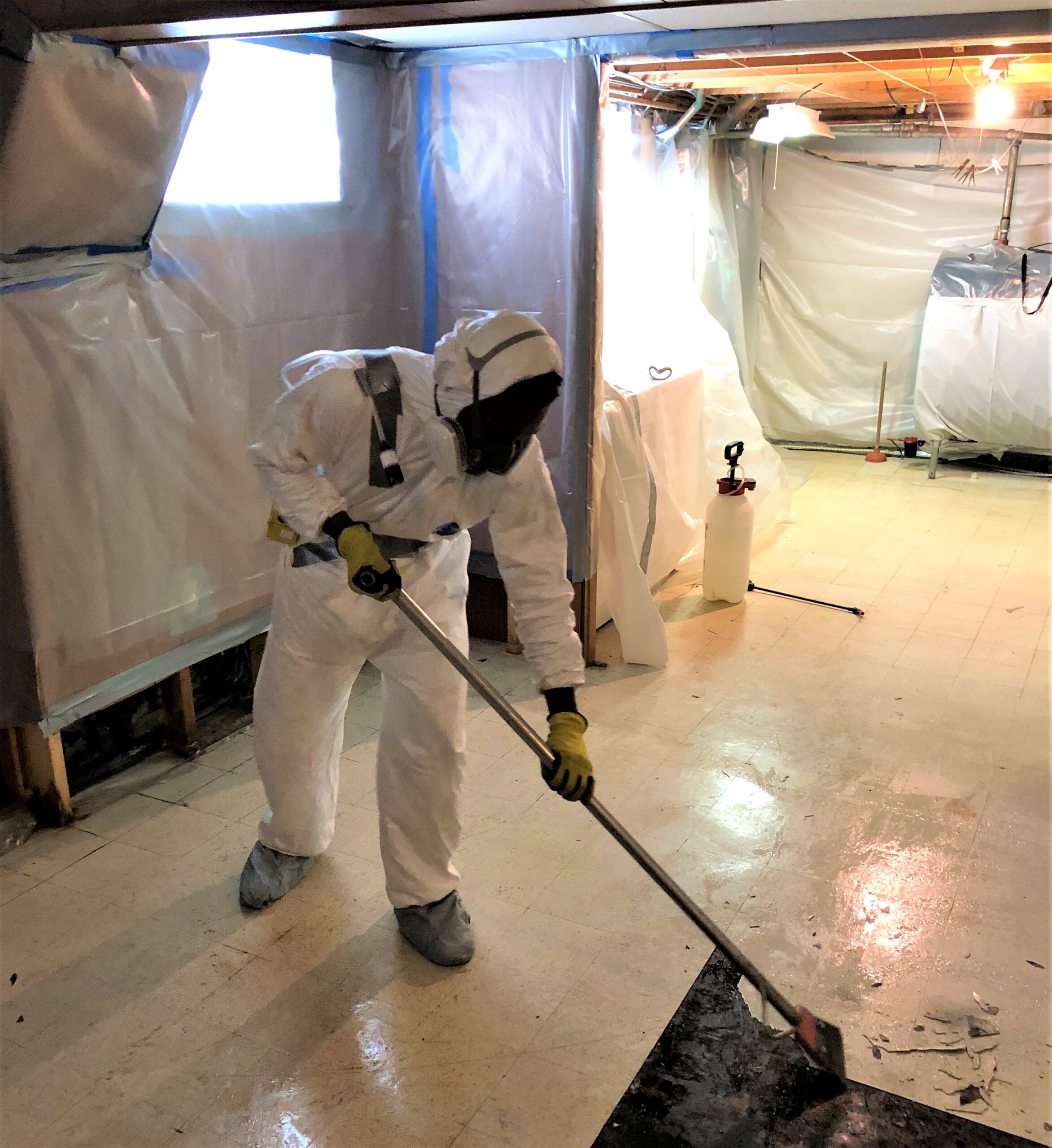Asbestos abatement in the United States is governed by several federal and state laws designed to protect public health and the environment:
Clean Air Act (CAA): Under the CAA, the EPA has established National Emission Standards for Hazardous Air Pollutants (NESHAP), which include specific work practices to minimize asbestos emissions during building demolition and renovation activities (US EPA) (US EPA).
Asbestos Hazard Emergency Response Act (AHERA): AHERA requires schools to inspect for asbestos-containing materials, prepare management plans, and take actions to prevent asbestos hazards. This law extends the requirements to all public and commercial buildings (US EPA).
Occupational Safety and Health Administration (OSHA) Asbestos Standards: OSHA regulates permissible exposure limits and requires proper training, protective gear, and medical surveillance to protect workers from asbestos exposure (US EPA).
Toxic Substances Control Act (TSCA): TSCA Section 8(a)(1) mandates that manufacturers and processors of asbestos report specific information to the EPA, including quantities, types of use, and employee data. This ensures the safe regulation of asbestos-containing products (US EPA).
The South Coast Air Quality Management District (AQMD) enforces Rule 1403, which specifies work practice requirements to limit asbestos emissions during demolition and renovation activities. Rule 1403 mandates a thorough survey of the building for ACMs before any demolition or renovation begins. The rule also requires proper removal, containment, and disposal procedures to prevent asbestos fiber release, along with notifications to AQMD prior to starting the work (AQMD) (AQMD).

The process involves several critical steps to ensure thorough and safe removal: Each step is carefully planned and executed to prevent asbestos fiber release and ensure compliance with all safety and regulatory standards.
A licensed inspector conducts a thorough assessment to identify ACMs within the building. This inspection includes collecting samples of suspected materials, which are then analyzed in a laboratory to confirm the presence of asbestos.
Once asbestos is identified, an abatement work plan is developed. This plan outlines the procedures for safe removal or encapsulation of the ACMs, ensuring minimal risk of fiber release during the process.
The work area is isolated to prevent the spread of asbestos fibers. This involves sealing off doorways, windows, and vents with plastic sheeting and setting up negative air pressure systems to contain any released fibers.
Depending on the condition and location of the ACMs, they are either removed or encapsulated. Removal involves carefully extracting the materials using hand tools and wet methods to prevent fiber release. Encapsulation involves applying a sealant to the ACMs to contain the fibers and prevent them from becoming airborne.
Workers use decontamination units, wear protective clothing, and respirators to safeguard against exposure. The work area is meticulously cleaned with HEPA vacuums and wet methods to remove any residual asbestos fibers.
After the abatement work is completed, an independent inspection is conducted to ensure the area is safe. Clearance air sampling is performed according to state and federal requirements to confirm that asbestos fibers are no longer present in the air.

Take Back Control of Your Indoor Air Quality with Mr. Mold’s Expert Services

Take Back Control of Your Indoor Air Quality with Mr. Mold’s Expert Services